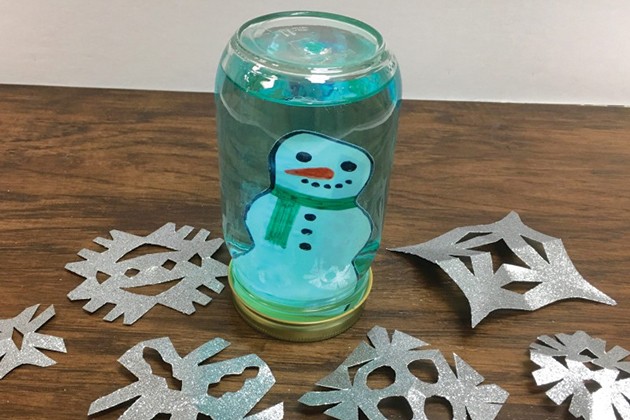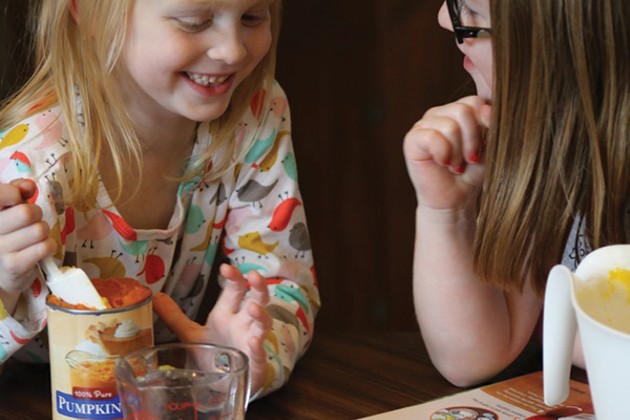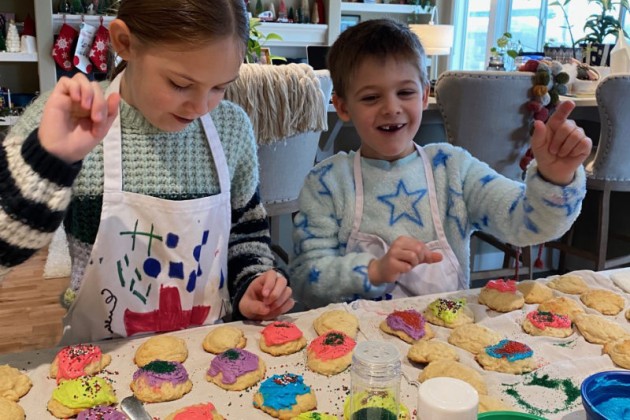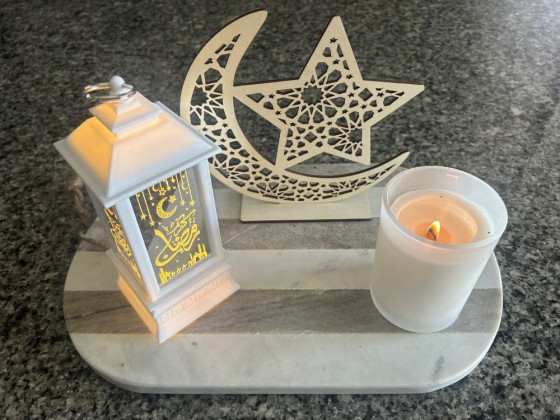Holiday Traditions to Teach Kids from Around the World

Holidays are times of joyful gatherings and fun traditions for families all over the world. From special meals to funny characters to celebrating the values that unite us, each culture brings its own flair to the festivities — during the winter holidays and throughout the year.
Here’s a look at some of the unique holiday traditions around the world that bring global families together. Exploring these traditions with your kids can give them a valuable perspective on world cultures, and inspire your family to create meaningful traditions of your own!
How People Around the World Celebrate the Holidays
Yule Lads
For better or for worse, you’re likely familiar with the impish Elf on the Shelf that visits some families during the winter holidays. But take heart: In Iceland, families are visited by THIRTEEN mischievous trolls throughout the month of December.
- Legend has it that these mysterious visitors, known as the Yule Lads or Jolasveinar, belong to the same mountain troll family. With names like Spoon-Licker, Sausage-Swiper, Doorway-Sniffer and Stubby, the Lads perform harmless pranks and leave surprises for children.
- Starting December 11, children leave their favorite shoe on their windowsills every night for 13 nights, hoping that one of the Lads will come down from the mountain and leave them a small gift.
- Misbehaving children beware! If the Yule Lads get word of your antics, you’ll be left a potato instead.
Lucky Pigs
In Germany and other countries, the way you wish someone luck for the new year isn’t by singing a song or handing them a four-leaf clover. You wish them luck by giving them a Glückschwein — a lucky pig!
- Not a real pig, of course, but one made of marzipan, a confection consisting of almonds and sugar. Colored, shaped and assembled to look like tiny swine, these candies are given to bestow good luck – and a tasty treat – around the December holidays.
- So, why a pig? In medieval times, farmers who had pigs to provide them with meat to eat through the winter were considered to have extremely good fortune.
- Over the years, the meaning of being “lucky to eat” evolved to mean “to be lucky” at anything. In fact, today, the German phrase “to be lucky” is Schwein haben — which is translated literally as “to have a pig”!
Colors of Holi
Every spring, many people in India, Bangladesh, Malaysia and other countries around the world commemorate the Hindu festival of Holi. Often referred to as the “festival of colors,” Holi marks the spring harvest and celebrates the themes of love and new beginnings.
- The festival starts with a bonfire on the eve of Holi, which falls yearly in February or March, depending on the moon cycle. People gather around the fire to dance, sing, and “burn away” negative thoughts and actions of the past year.
- The next day is where the colors of Holi come in. Everyone dresses in white and heads outside to toss handfuls of brilliantly colored powder at one another. This powder, called gulal, is made from dried flowers, fruits, spices or synthetic materials.
- Clouds of reds, blues, greens and yellows fill the air as celebrants look past their differences to honor the colorful goodness in us all.
Songkran Water Festival
People in Thailand also have a special springtime holiday, called Songkran. It marks the Thai New Year, as well as the end of the rice harvest. The festival begins every year on April 13 and lasts around 3 days.
- Similar to Holi and with roots in both Hinduism and Buddhism, Songkran is celebrated to cleanse oneself of the previous year and enter the new year pure. But instead of celebrating with color, Songkran celebrates with water.
- To prepare for the new year, families clean and tidy their homes to prevent bad luck. They also visit temples and sprinkle water on statues of Buddha and on the hands of their elders to receive blessings.
- One of the most fun holiday traditions of Songkran comes later, out in the streets. Friends and strangers participate in a giant water fight, splashing each other with water from squirters, bowls, buckets and even elephants!
The Feast of Eid al-Fitr
During the month of Ramadan, Muslims observe a complete fast (no food or drink) every day from dawn until sunset. At the end of the holy month, they break their fast with a celebration called Eid al-Fitr. Ramadan and Eid al-Fitr are based on the lunar calendar and can be celebrated any time of year.
- Eid al-Fatir starts with families going to prayer services at a mosque. Afterwards, they visit friends and relatives to share meals and attend carnivals with games and rides. Children receive new clothes, jewelry, toys or other gifts.
- In addition to the festive celebration, Eid al-Fatir is also an important time for self-reflection, gratitude, remembering loved ones and giving to others through charity.
- Many Muslims donate food or money to people in need, making sure everyone in the community can enjoy a meal during this special time.
Learning about holiday traditions around the world builds curiosity, empathy and understanding in kids. Creating your own special holiday traditions can bring your family together with memories that last for years to come!









